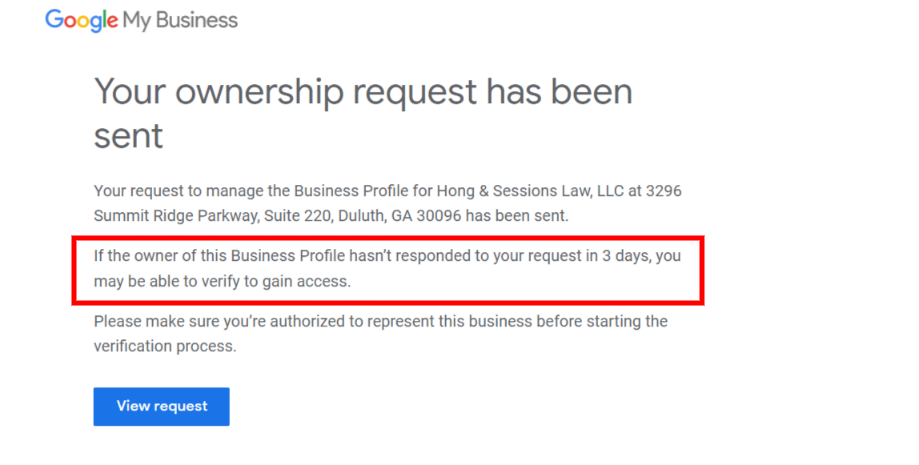The Role of Mobile Optimization in SEO
Understanding the Complexities of Business Integration in Today’s Market
Business integration involves the alignment of technological and operational capabilities of a company to ensure that various departments and functions work seamlessly together. This strategic alignment is crucial for improving efficiency, reducing costs, and enhancing overall performance.
Key Components of Business Integration
Business integration consists of several key components such as data integration, application integration, and business process integration. Each component serves to streamline operations in different ways:
– **Data Integration**: Refers to the amalgamation of data from different sources into a cohesive, single dataset.
– **Application Integration**: Involves linking different application programs comprehensively and transparently, allowing them to work together.
– **Business Process Integration**: Focuses on the connection of various business operations to function as a coherent whole, optimizing workflow and efficiency.
Expert Insights on Data Integration
As industry experts explain, effective data integration is pivotal for businesses to make informed decisions. For example, when our company handles data integration for a client in the financial sector, it involves consolidating data from various departments such as sales, finance, and customer service, thereby providing a unified view of the client’s business landscape. This comprehensive approach helps in identifying trends, forecasting, and strategic planning.
Application Integration: A Real-World Example
A typical scenario involves integrating CRM (Customer Relationship Management) and ERP (Enterprise Resource Planning) systems. This integration allows information to flow from the CRM system where all customer interactions are recorded, to the ERP system, used for inventory and order management. Such integration ensures that the sales team can access up-to-date inventory levels and order statuses, which in turn improves customer service and satisfaction.
Enhancing Business Processes through Integration
Business process integration often involves automating repetitive tasks and ensuring that data flows smoothly across different departments. Market research indicates that companies that implement business process integration witness a significant reduction in processing times and operational costs. For instance, integrating the procurement and payment processes within a company can reduce procurement cycle times by up to 30%, significantly impacting the bottom line.
Challenges and Solutions in Business Integration
Implementing business integration is not without its challenges. These can include data silos, lack of interoperability among systems, and resistance to change within organizations.
Overcoming Data Silos
Data silos occur when different departments within an organization use separate systems that are not interconnected. This can lead to inconsistent data and inefficiencies. A solution to this problem is the implementation of an enterprise data management system that ensures all data is centralized, updated, and accessible to all relevant departments.
Ensuring Interoperability
Lack of interoperability among systems can be addressed through the use of middleware solutions, which act as a bridge between different software applications and platforms. For example, middleware can help integrate a legacy supply chain management system with a newer CRM system, ensuring that the two can communicate effectively and share data in real time.
Addressing Resistance to Change
Resistance to change is a common challenge in the implementation of business integration. It is essential for companies to involve all stakeholders early in the process and to provide thorough training and support. Creating internal advocacy groups that can demonstrate the benefits of integration to their peers is also a beneficial strategy.
Local Insights and Data in Business Integration
Local market conditions and consumer behaviors play a significant role in shaping business integration strategies. For businesses operating in multiple geographical locations, it is essential to customize integration processes to meet local needs.
Case Study: Localized Business Integration
In a case involving a multinational retail chain, business integration techniques were tailored to reflect the unique consumer behaviors and regulatory requirements in each region. This included customizing the ERP system to handle different tax laws and integrating local supply chains with global inventory management systems.
Using Local Data to Enhance Integration Efficiency
Local data can provide valuable insights that enhance the efficiency of integration processes. For instance, analyzing local sales data can help in optimizing the supply chain and logistics operations by predicting demand patterns and adjusting stock levels accordingly.
Conclusion: The Strategic Importance of Business Integration
In conclusion, business integration is a strategic necessity for companies looking to enhance their operational efficiency and adapt to the fast-changing market conditions. By effectively integrating data, applications, and business processes, companies can achieve a holistic view of their operations, make informed decisions, and deliver enhanced customer service. The challenges of integration, including dealing with data silos, ensuring interoperability, and managing change resistance, require thoughtful strategies and solutions tailored to each business’s unique needs and environments. Local insights and customized approaches further play a crucial role in the success of business integration strategies, making them fit to meet specific regional demands and regulatory conditions. With a comprehensive, well-implemented integration strategy, businesses are better equipped to face the complexities of today’s global market.




























 Psychology of Each Color
Psychology of Each Color